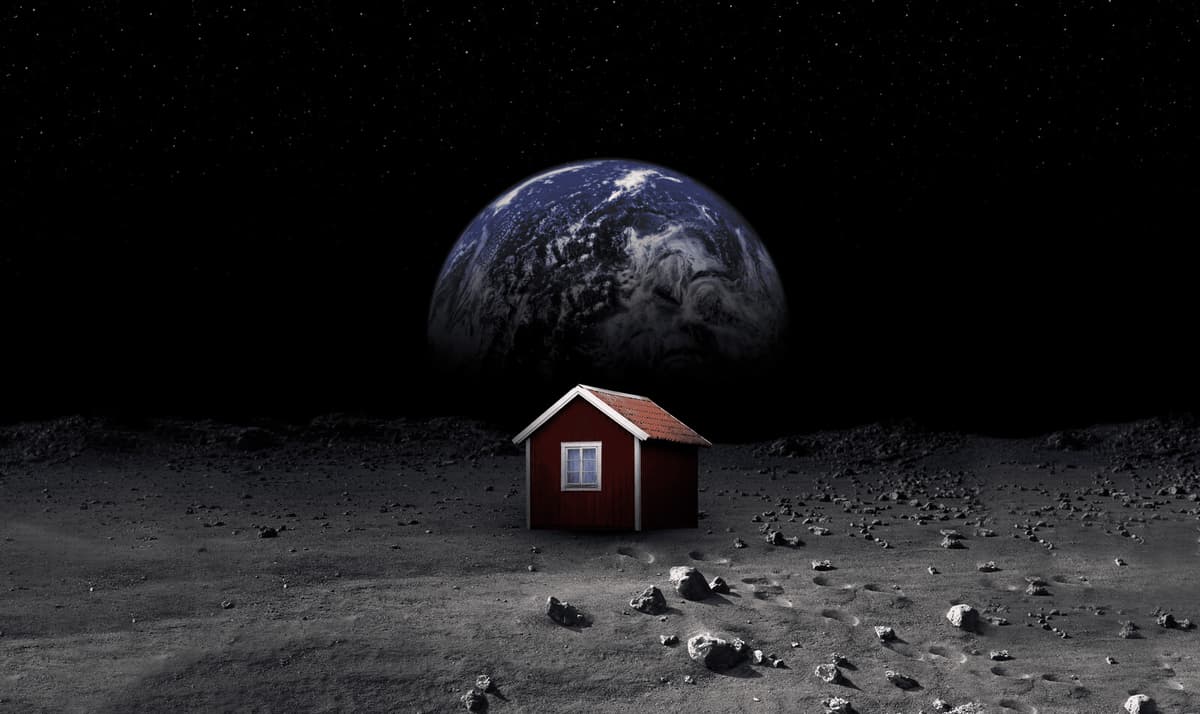The launch itself went as planned.
It was magnificent, I was really excited but everyone around me was quite calm, says Mikael Genberg.
After about an hour, the spacecraft with the small cabin separated from the rocket, which also went well. In about four months, a new critical phase awaits when the rocket is to land on the moon – which failed last time the Japanese space company Ispace made a similar attempt.
The small cabin measures no more than 12x10x8 centimeters – a larger building than that won't fit on the moon rover that is to place it, preferably without it tipping over. After that, Genberg hopes to take pictures before the moon night "kills the electronics".
I have a fondness for the small in the grand, it becomes more poetic, says Mikael Genberg, who has worked on his moon cabin on and off for 25 years.
After placing red houses on the Globe Arena's roof, in treetops, and underwater, he wanted to send one to the moon as well.
The responsible parties have collected between 7 and 8 million kronor to finance the project, plus everyone involved has worked for free. Mikael Genberg hopes to create a new image of the earth.
Isn't it exactly what we need right now? To view ourselves from a distance and see the earth for what it is. It's crazy that we're on this small stone in space, packed with life. All around is just desolate.





